Edinburgh the City
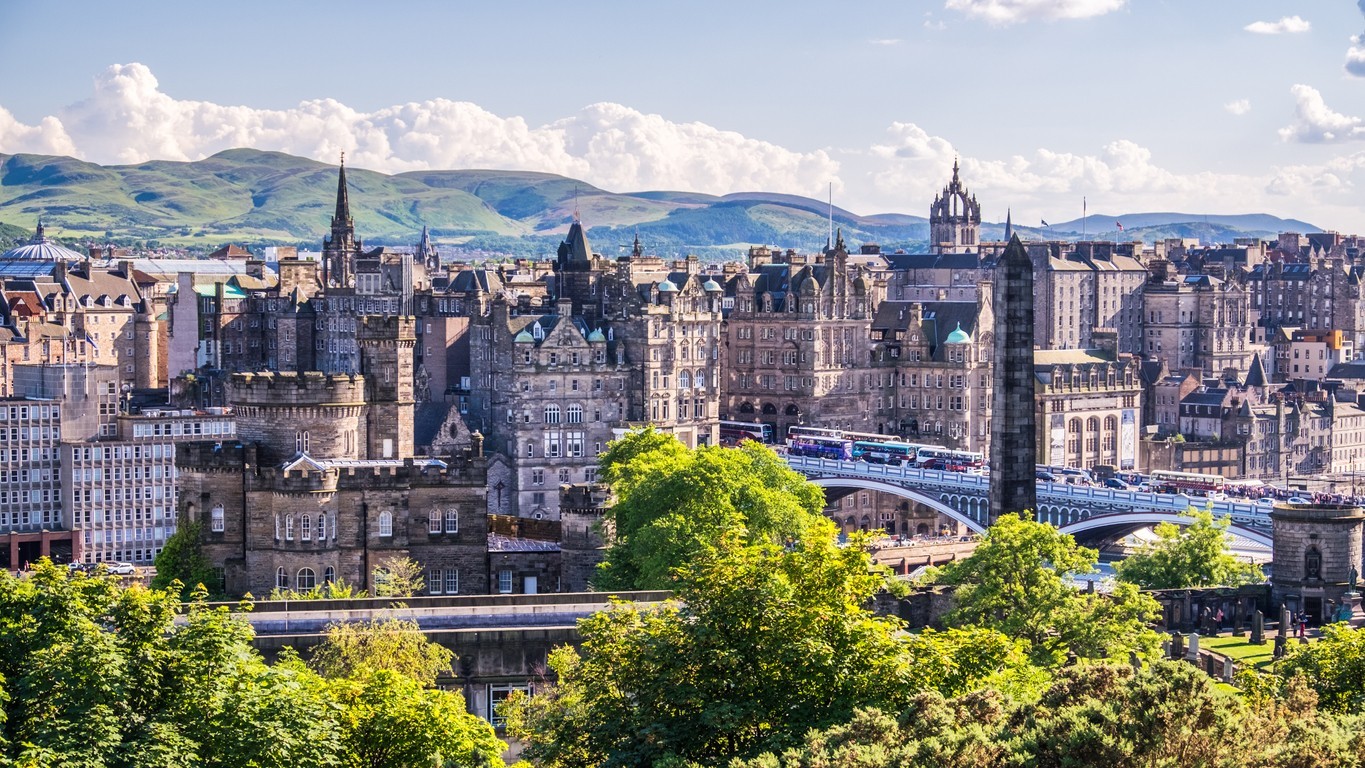
Edinburgh is one of the most classically beautiful cities in the world, with a vigorous and distinctive cultural tradition and outstanding quality of life. Just a few minutes walk from the centre are small village communities that have existed within Edinburgh’s city boundaries for centuries.
History
Edinburgh’s first inhabitants arrived some 5000 years ago, though the first detailed records are from the Romans who came north in 78 CE. When they left in the second century, the people faced repeated invasions by Angles, Britons, Vikings and eventually the Scots from Western Ireland. In the 11th century, the Scots took possession of the Castle Rock in Edinburgh. By 1483, Edinburgh was the undisputed capital of Scotland.
Edinburgh developed into a unique mediaeval city, crowded on a hill within a defensive wall, its winding alleys and dark lanes witness to so much of Scotland’s history. The Old Town stretches along a ridge from the Castle to the Palace of Holyrood down the Royal Mile. In the late eighteenth century it burst free, expanding to the north in the extensive Georgian New Town, with its series of fine neo-classical streets and squares. The Old and New Towns of Edinburgh gained UNESCO World Heritage Status in 1995, in recognition of the striking quality and contrast in architecture and streetscape between the Medieval Old Town and Georgian New Town. Both Old and New Town have remained fashionable places to live.
This has helped to make Edinburgh a civilised city, for its centre is not merely a business area that closes at night, but also contains thriving residential communities in an urban landscape. Development continued through the Victorian and Edwardian era until today Edinburgh has a population of almost 500,000. It is bounded by the Forth estuary in the North and by the Pentland Hills to the South.
The outdoors
Edinburgh’s relatively small overall size permits ready access to the surrounding countryside, and approximately 50 per cent of the city is open space, including Holyrood Park – with the twin peaks of Arthur’s Seat and Salisbury Crags – being one of the largest natural city centre parks in Europe. There are beautiful walks along the Water of Leith which flows through the city and to the tops of the seven hills on which Edinburgh stands.

Sports
Within the city itself there are over 25 golf courses, the Commonwealth Pool with its main 50 metre swimming pool and diving and teaching pools, the Meadowbank athletic stadium, Murrayfield rugby stadium and two Premiership Football clubs, Heart of Midlothian (Hearts) and Hibernian.

Culture
The city’s numerous places of interest and historical heritage include the magnificent Edinburgh Castle, the Royal Museum of Scotland, the Royal Botanic Garden, the National Library of Scotland, the Palace of Holyroodhouse and St. Giles Cathedral.
Edinburgh boasts over 50 venues which regularly hold exhibitions of arts and crafts. The permanent collection of the Gallery of Modern Art, the National Gallery of Scotland, the Scottish National Portrait Gallery and the Royal Scottish Academy are complemented by temporary exhibitions and privately run galleries. The city has 9 major theatres and concert halls including the internationally renowned Usher Hall.
Edinburgh is well known as Britain’s Festival City, with the International Festival, the “Fringe”, Film, Science, Children’s, Book, Jazz and Folk Festivals, drawing large numbers of visitors, as participants or observers, from all over the world. In the summer, the main International Festival presents over 200 events; the Festival Fringe plays host to nearly 2000 productions and the Military Tattoo provides an unforgettable spectacle on the esplanade of Edinburgh Castle.

Education
Scotland is reputed to have one of the finest educational systems in the world. Edinburgh also has a wide choice of private schools which strive for high academic attainment and the nurturing of character. Edinburgh University, Heriot-Watt University and Napier University are the distinguished triumvirate of Edinburgh’s educational establishment, recently joined by Queen Margaret University. Each has its particular strengths, and all welcome overseas students.
Edinburgh University, which was founded in 1583 and is the sixth oldest in the UK, has more than 250 degree courses. Over one quarter of its 12,000 students are engaged in post graduate work, participating in a comprehensive range of research programmes. Since the establishment of the Faculty of Medicine at Edinburgh University in 1726, Edinburgh has been an internationally recognised centre for health care and medical research. As a pioneering university of the 1990s it invested heavily in new technology growth industries and established the United Kingdom’s first Chair and Department of Artificial Intelligence. It has active undergraduate and postgraduate Jewish societies. Former students of the University are James Boswell, Arthur Conan Doyle, Charles Darwin, James Simpson and Robert Louis Stevenson.
Heriot-Watt University’s science and engineering faculties are especially strong in the fields of offshore and petroleum engineering, physics and information technology. Napier University offers courses in business information technology, industrial design and engineering, amongst others. Queen Margaret University specialises in healthcare related degree courses.
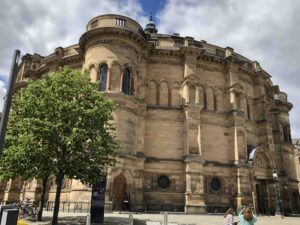
The Local Economy
Edinburgh is a leading European financial and commercial centre. Its prosperity is sustained by the energy and diversity of its businesses. Edinburgh’s reputation as the UK’s second financial centre, after London, has been achieved through innovative thinking, scientific advance, market performance and professional dedication. Edinburgh’s reputation as a commercial capital was consolidated by the opening of the International Conference Centre in 1995.
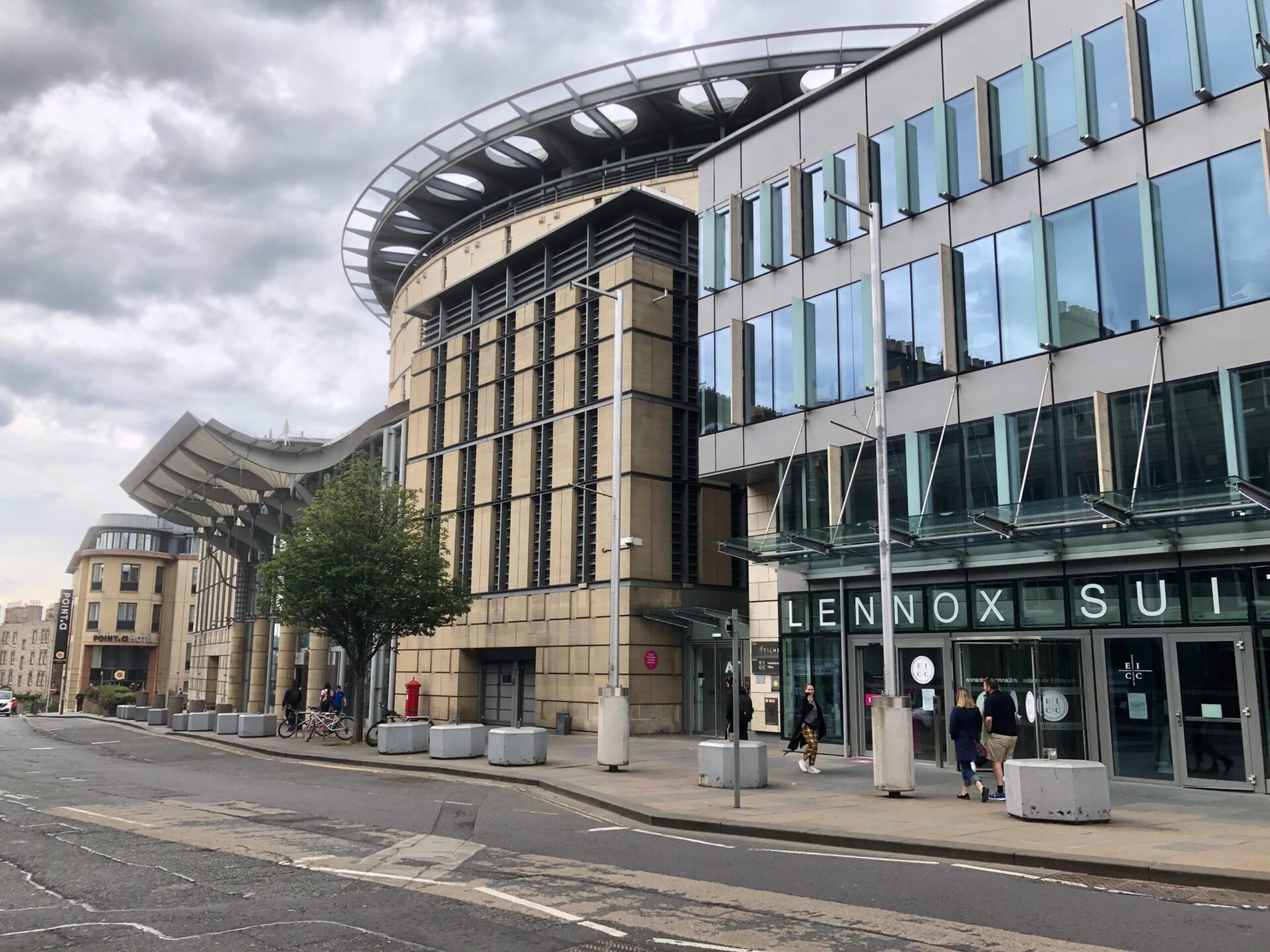
A high proportion of corporate and public sector headquarters are based in Edinburgh, producing a demand for high calibre management and a battery of support services.
Edinburgh’s traditional industries are brewing, printing and pharmaceuticals, and these stand alongside recent dynamic growth in the tourist industry and newer technologies such as computing, medical equipment and semiconductors. Edinburgh is an ideal place in which to establish a business. Advice is readily available from the Local Councils, local Enterprise Boards and the Chamber of Commerce.
Edinburgh has excellent transport links: it has its own busy international airport, a fast rail service to major cities including London in four and a half hours and good local bus and tram services.
Housing
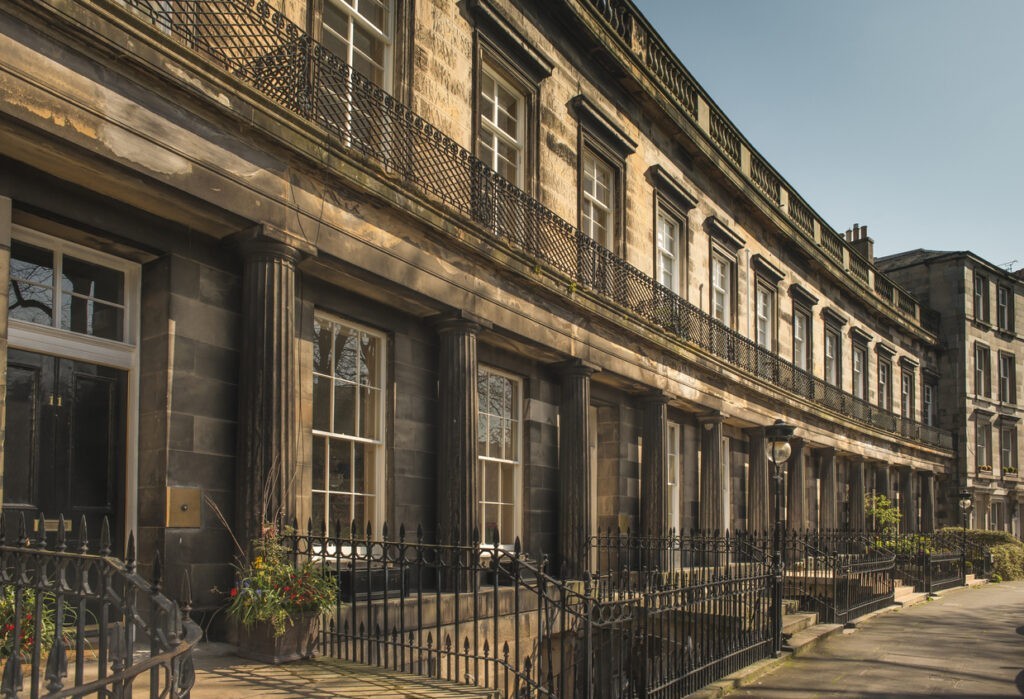
A distinctive feature of much of Edinburgh’s city centre is the presence of much private housing, which gives the city a humanised and cultured air, and there is a wide variety of housing available in the surrounding suburbs and villages also. Each area of the city tends to have its own style and character.
There is also a large selection of rented accommodation available, through the private sector, housing associations and the local authority. Indeed, City of Edinburgh Council has a key housing objective to retain choice and diversity and to protect its residential amenities.
The Edinburgh Solicitor’s Property Centre (ESPC) is a good starting point for searching for properties for sale, along with the local estate agents.
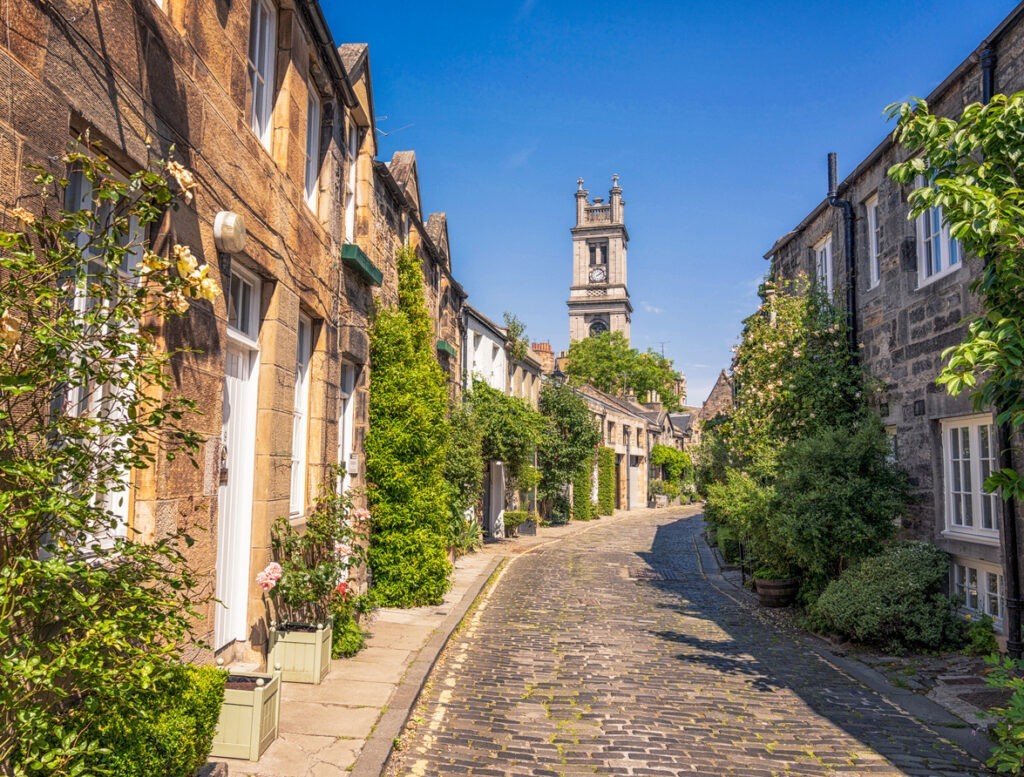
Child Friendly Edinburgh
Edinburgh is a child friendly city, with a wealth of child-oriented attractions, sporting activities, entertainment, restaurants and shops. There is a host of galleries, museums and historic places suitable for young children. These include the National Museum of Scotland, the Museum of Childhood and the People’s Story, a museum tracing the lives, work and pastimes of the city’s ordinary people from the late 1700s to the present. Those interested in animals can visit the Edinburgh Zoo (which has a dynamic Education Centre), Edinburgh Butterfly and Insect World, and the nearby Deep Sea World.
Sporting facilities include football and rugby pitches, swimming pools, play centres, riding stables, skating rinks and one of the best dry ski slopes in Europe. Adventure playgrounds are plentiful and are maintained to a high standard. Gymnastics, music, drama and dance classes are just a handful of other activities available.
Edinburgh and its surroundings have a wealth of green and open places. The city’s 30 parks come in many sizes, from fenced-in areas to sites of over 60 acres. Natural areas include the Pentland Hills, consisting of country parks and nature reserves, Cramond, with a causeway across the tidal mud flats to Cramond Island, the Water of Leith which flows through the city, and the Hermitage of Braid, a prime area for bird and wildlife. Portobello is Edinburgh’s city beach, complete with cafes and ice cream parlours and popular with sunbathers and all – weather swimmers!

